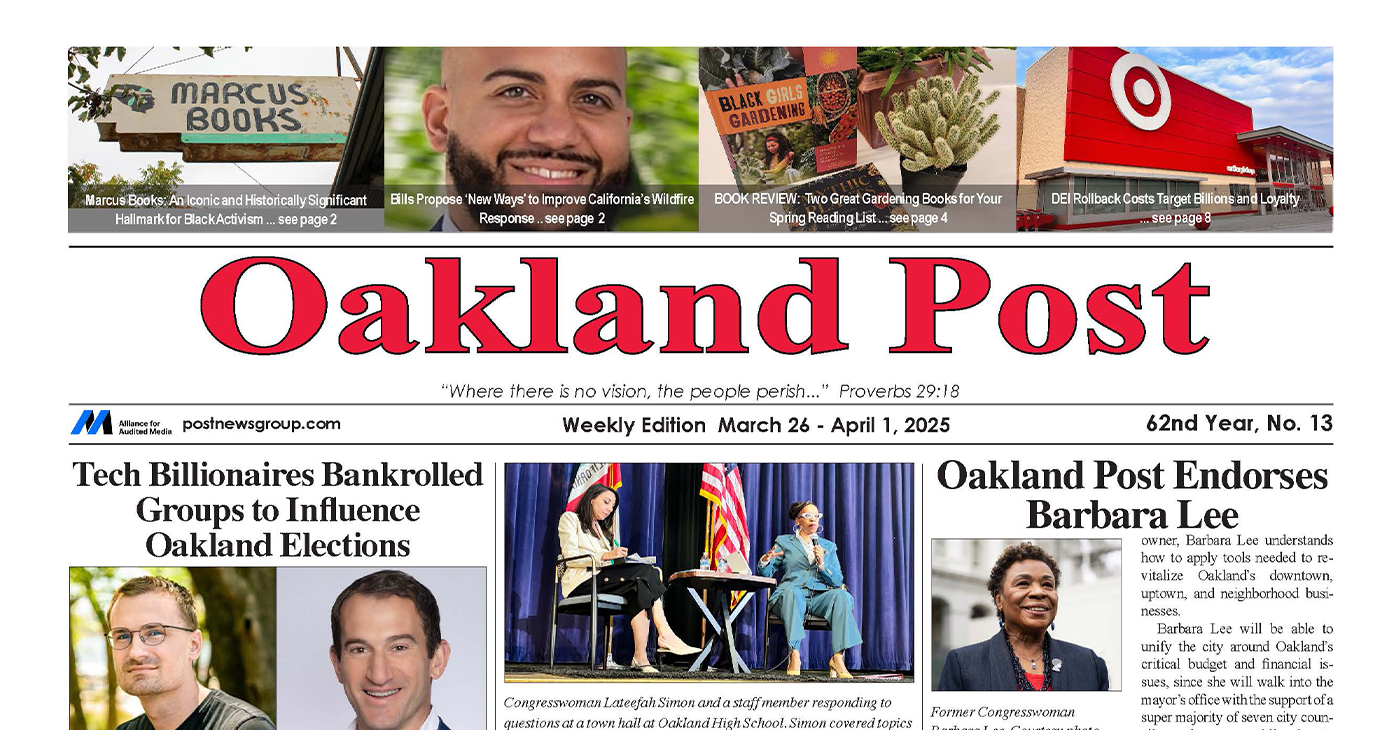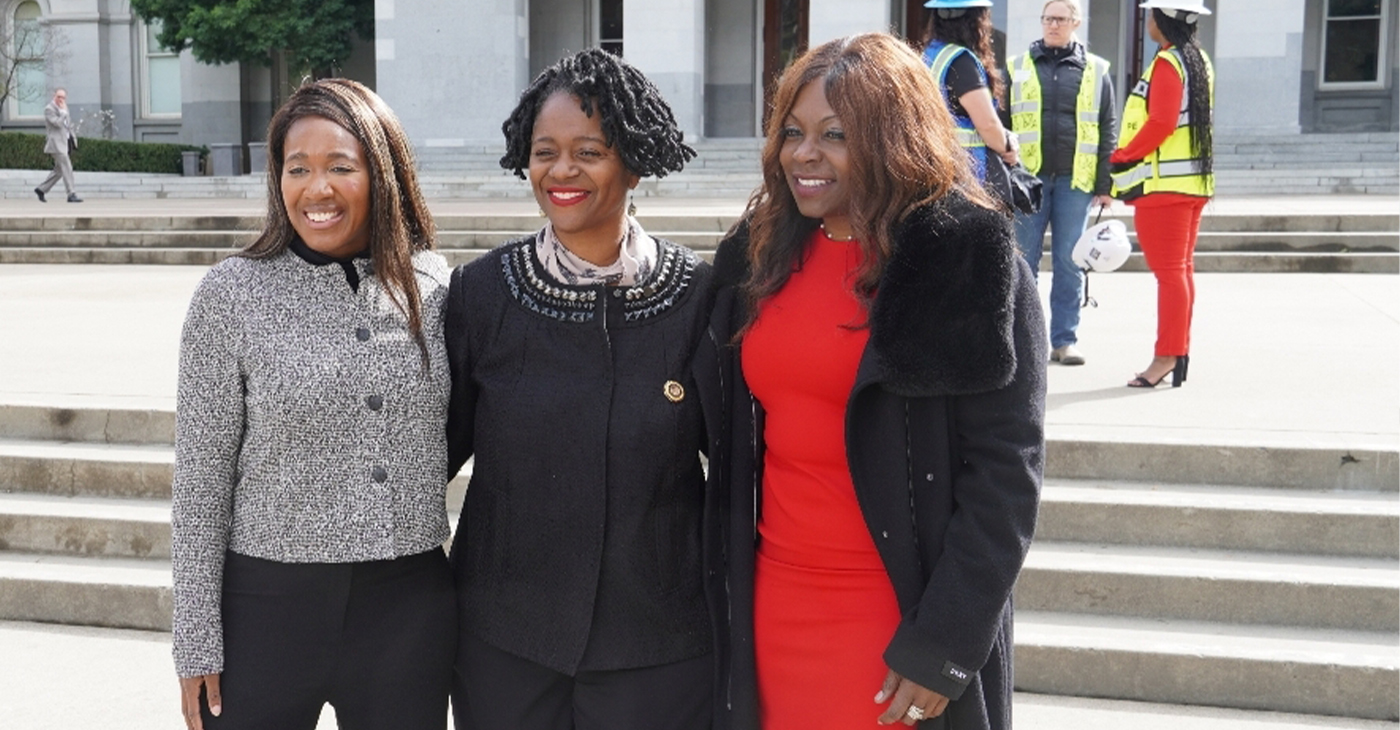National
Arrest Stats Point to New York Police Department Slowdown

New York Mayor Bill de Blasio, right, listens as New York City Police Commissioner William Bratton addresses a news conference at New York City Police headquarters, Monday, Jan. 5, 2015. De Blasio says it was “disrespectful” that some NYPD officers turned their backs to him during a pair of funerals for slain police officers. (AP Photo/Richard Drew)
TOM HAYS, Associated Press
NEW YORK (AP) — Despite efforts by New York City officials to tout a dip in serious crime, another statistic is getting more attention — a steep decline in the number of arrests across all five boroughs in the two weeks since two police officers were shot dead in their patrol car.
The totals suggest that a rumored work slowdown has taken hold amid discord between the rank and file and Mayor Bill de Blasio, and raise questions about what impact it could have on the city’s crime rate.
Patrick Lynch, head of the powerful Patrolmen’s Benevolent Association, insisted Tuesday that the union was not sanctioning a labor action. He pointed to a shootout during an armed holdup late Monday that left two plainclothes officers wounded as proof that it was business as usual at the nation’s largest police department.
Officers, who are working without a contract, are “putting themselves in danger to keep this city safe just as they always do,” Lynch said.
But the enforcement statistics strongly indicate that the slowdown is real, even if it was initiated at the grassroots level.
Last week, the number of summonses for minor criminal offenses and traffic and parking violations decreased by more than 90 percent compared with the same week a year earlier, statistics show. For example, summonses for urinating in public were down to 347 from more than 4,077 last year.
Arrests citywide last week for more serious offenses were down 55 percent. In midtown Manhattan alone, they fell to 112 from 348.
Thomas Reppetto, a police expert and author who has written extensively about the New York Police Department, called the results too “overwhelming” to be coincidental and said there could be real-life consequences for the public if left to fester for too long.
“If the law is not being enforced in the street, we’re all in danger,” Reppetto said. “The criminals take their cue and run wild.”
The figures first plummeted in the week after the two officers were killed on Dec. 20 in a brazen daytime ambush by a fugitive who had ranted on social media that he wanted to avenge the police killings of Michael Brown and Eric Garner. The patrolmen’s deaths exacerbated tensions between de Blasio and police officers already upset by the mayor’s remark sympathizing with protesters who claim a pattern of excessive force in minority communities.
The potential for a slowdown was evident the day after the killings, when word began circulating among officers that they should wait to respond to every radio call with two cars and not make arrests “unless absolutely necessary.” A recent online posting on a site popular with police officers referred to the stance as “Operation Stand-down, Protect Yourself, Do Nothing.”
Sgt. Ed Mullins, head of the Sergeants Benevolent Association, argued that in the current climate, it would only make sense that police officers would take extra precautions that could result in fewer arrests.
“You have protests, you have broken morale,” Mullins said. “You also have the assassination of two police officers. The threat of assassination is real — it has already happened.”
The apparent slowdown threatened to hamper de Blasio’s efforts to assure New Yorkers that historically low crime numbers — even as the NYPD drastically scaled back intrusive street stops — showed that it was possible to create a “safer city” and a “fairer city.” Overall crime was down 4 percent and there were 332 homicides, down from 335 last year — a trend that continued into the New Year, despite the arrest drop-off.
Police Commissioner William Bratton attributed the decline in arrests to a stressful month filled with widespread protests, police funerals and other discord that distracted legions of officers from normal duties. But he also warned that if necessary, he would take measures to make sure the numbers return to normal.
“We will take a look at maybe who is not doing the work we expect of them,” he said. “And we will deal with it very appropriately if we have to.”
Copyright 2015 The Associated Press. All rights reserved. This material may not be published, broadcast, rewritten or redistributed.
Activism
Oakland Post: Week of March 28 – April 1, 2025
The printed Weekly Edition of the Oakland Post: Week of March 28 – April 1, 2025

To enlarge your view of this issue, use the slider, magnifying glass icon or full page icon in the lower right corner of the browser window.
Activism
Sen. Lola Smallwood-Cuevas Honors California Women in Construction with State Proclamation, Policy Ideas
“Women play an important role in building our communities, yet they remain vastly underrepresented in the construction industry,” Smallwood-Cuevas stated. “This resolution not only recognizes their incredible contributions but also the need to break barriers — like gender discrimination.

By Antonio Ray Harvey, California Black Media
To honor Women in Construction Week, Sen. Lola Smallwood-Cuevas (D-Los Angeles), a member of the California Legislative Black Caucus (CLBC), introduced Senate Concurrent Resolution (SCR) 30 in the State Legislature on March 6. This resolution pays tribute to women and highlights their contributions to the building industry.
The measure designates March 2, 2025, to March 8, 2025, as Women in Construction Week in California. It passed 34-0 on the Senate floor.
“Women play an important role in building our communities, yet they remain vastly underrepresented in the construction industry,” Smallwood-Cuevas stated. “This resolution not only recognizes their incredible contributions but also the need to break barriers — like gender discrimination.
Authored by Assemblymember Liz Ortega (D-San Leandro), another bill, Assembly Concurrent Resolution (ACR) 28, also recognized women in the construction industry.
The resolution advanced out of the Assembly Committee on Rules with a 10-0 vote.
The weeklong event coincides with the National Association of Women In Construction (NAWIC) celebration that started in 1998 and has grown and expanded every year since.
The same week in front of the State Capitol, Smallwood, Lt. Gov. Eleni Kounalakis, Assemblymember Josh Hoover (R-Folsom), and Assemblymember Maggie Krell (D-Sacramento), attended a brunch organized by a local chapter of NAWIC.
Two of the guest speakers were Dr. Giovanna Brasfield, CEO of Los Angeles-based Brasfield and Associates, and Jennifer Todd, President and Founder of LMS General Contractors.
Todd is the youngest Black woman to receive a California’s Contractors State License Board (A) General Engineering license. An advocate for women of different backgrounds, Todd she said she has been a woman in construction for the last 16 years despite going through some trying times.
A graduate of Arizona State University’s’ Sandra Day O’Connor College of Law, in 2009 Todd created an apprenticeship training program, A Greener Tomorrow, designed toward the advancement of unemployed and underemployed people of color.
“I always say, ‘I love an industry that doesn’t love me back,’” Todd said. “Being young, female and minority, I am often in spaces where people don’t look like me, they don’t reflect my values, they don’t reflect my experiences, and I so persevere in spite of it all.”
According to the U.S. Bureau of Labor Statistics, only 11.2% of the construction workforce across the country are female. Overall, 87.3% of the female construction workers are White, 35.1% are Latinas, 2.1% are Asians, and 6.5% are Black women, the report reveals.
The National Association of Home Builders reported that as of 2022, the states with the largest number of women working in construction were Texas (137,000), California (135,000) and Florida (119,000). The three states alone represent 30% of all women employed in the industry.
Sen. Susan Rubio (D-Baldwin Park) and the California Legislative Women’s Caucus supported Smallwood-Cuevas’ SCR 30 and requested that more energy be poured into bringing awareness to the severe gender gap in the construction field.
“The construction trade are a proven path to a solid career. and we have an ongoing shortage, and this is a time for us to do better breaking down the barriers to help the people get into this sector,” Rubio said.
Activism
Report Offers Policies, Ideas to Improve the Workplace Experiences of Black Women in California
The “Invisible Labor, Visible Struggles: The Intersection of Race, Gender, and Workplace Equity for Black Women in California” report by the California Black Women’s Collective Empowerment Institute (CBWCEI), unveiled the findings of a December 2024 survey of 452 employed Black women across the Golden State. Three-fifths of the participants said they experienced racism or discrimination last year and 57% of the unfair treatment was related to incidents at work.

By McKenzie Jackson, California Black Media
Backed by data, a report released last month details the numerous hurdles Black women in the Golden State must overcome to effectively contribute and succeed in the workplace.
The “Invisible Labor, Visible Struggles: The Intersection of Race, Gender, and Workplace Equity for Black Women in California” report by the California Black Women’s Collective Empowerment Institute (CBWCEI), unveiled the findings of a December 2024 survey of 452 employed Black women across the Golden State. Three-fifths of the participants said they experienced racism or discrimination last year and 57% of the unfair treatment was related to incidents at work.
CBWCEI President and CEO Kellie Todd Griffin said Black women have been the backbone of communities, industries, and movements but are still overlooked, underpaid, and undervalued at work.
“The data is clear,” she explained. “Systemic racism and sexism are not just historical injustices. They are active forces shaping the workplace experiences of Black women today. This report is a call to action. it demands intentional polices, corporate accountability, and systemic changes.”
The 16-page study, conducted by the public opinion research and strategic consulting firm EVITARUS, showcases the lived workplace experiences of Black women, many who say they are stuck in the crosshairs of discrimination based on gender and race which hinders their work opportunities, advancements, and aspirations, according to the report’s authors, Todd Griffin and CBWCEI researcher Dr. Sharon Uche.
“We wanted to look at how Black women are experiencing the workplace where there are systematic barriers,” Todd Griffin told the media during a press conference co-hosted by Ethnic Media Services and California Black Media. “This report is focused on the invisible labor struggles of Black women throughout California.”
The aspects of the workplace most important to Black women, according to those surveyed, are salary or wage, benefits, and job security.
However, only 21% of the survey’s respondents felt they had strong chances for career advancement into the executive or senior leadership ranks in California’s job market; 49% felt passed over, excluded from, or marginalized at work; and 48% felt their accomplishments at work were undervalued. Thirty-eight percent said they had been thought of as the stereotypical “angry Black woman” at work, and 42% said workplace racism or discrimination effected their physical or mental health.
“These sentiments play a factor in contributing to a workplace that is unsafe and not equitable for Black women in California,” the report reads.
Most Black women said providing for their families and personal fulfillment motivated them to show up to work daily, while 38% said they were dissatisfied in their current job with salary, supervisors, and work environment being the top sources of their discontent.
When asked if they agree or disagree with a statement about their workplace 58% of Black women said they feel supported at work, while 52% said their contributions are acknowledged. Forty-nine percent said they felt empowered.
Uche said Black women are paid $54,000 annually on average — including Black single mothers, who averaged $50,000 — while White men earn an average of $90,000 each year.
“More than half of Black families in California are led by single Black women,” said Uche, who added that the pay gap between Black women and White men isn’t forecasted to close until 2121.
-

 #NNPA BlackPress4 weeks ago
#NNPA BlackPress4 weeks agoTarget Takes a Hit: $12.4 Billion Wiped Out as Boycotts Grow
-

 Activism4 weeks ago
Activism4 weeks agoUndocumented Workers Are Struggling to Feed Themselves. Slashed Budgets and New Immigration Policies Bring Fresh Challenges
-

 Activism4 weeks ago
Activism4 weeks agoOakland Post: Week of February 26 – March 4, 2025
-

 #NNPA BlackPress4 weeks ago
#NNPA BlackPress4 weeks agoBREAKING Groundbreaking Singer Angie Stone Dies in Car Accident at 63
-

 #NNPA BlackPress4 weeks ago
#NNPA BlackPress4 weeks agoNAACP Legend and Freedom Fighter Hazel Dukes Passes
-

 Arts and Culture4 weeks ago
Arts and Culture4 weeks agoBeverly Lorraine Greene: A Pioneering Architect and Symbol of Possibility and Progress
-

 #NNPA BlackPress4 weeks ago
#NNPA BlackPress4 weeks agoTrump Kicks the Ukrainian President Out of the White House
-

 #NNPA BlackPress4 weeks ago
#NNPA BlackPress4 weeks agoApple Shareholders Reject Effort to Dismantle DEI Initiatives, Approve $500 Billion U.S. Investment Plan























































